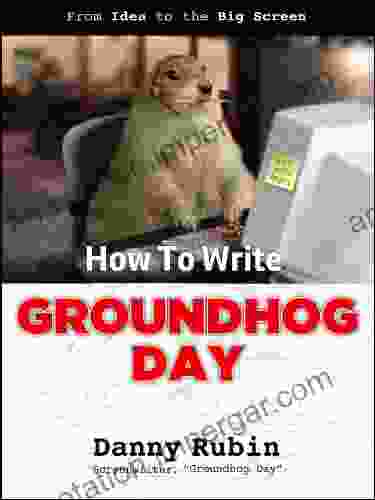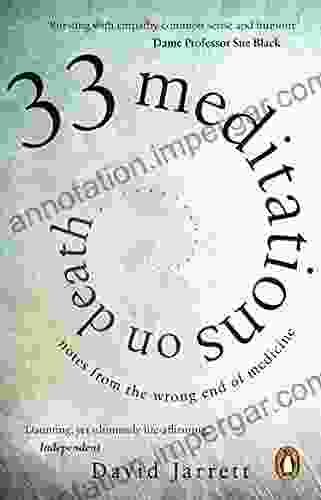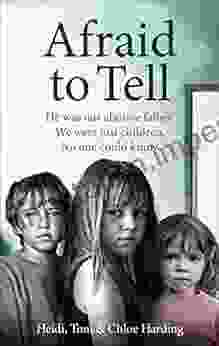Unlock the Secrets of Crafting a Captivating Groundhog Day Story: A Literary Guide

The concept of "Groundhog Day," a time loop phenomenon where one relives the same day repeatedly, has captivated audiences for generations. From the iconic film to intriguing literary works, the idea of a repeating day holds immense potential for storytelling. This comprehensive guide, "How To Write Groundhog Day," delves into the intricacies of creating compelling narratives that explore the themes, challenges, and transformative possibilities of a time loop.
Understanding the Genre
Key Elements:
- The Time Loop: The central conceit of the genre is a repeating day, providing endless narrative possibilities.
- Character Transformation: The repetitive nature of the time loop allows characters to introspect, grow, and evolve.
- Exploration of Consequences: Each iteration of the day offers characters a chance to reflect on their actions and choices, shaping their future actions.
Subgenres:
- Comedic Groundhog Day: Explores the humorous aspects of a time loop, often using slapstick, wit, and absurdity.
- Dramatic Groundhog Day: Focuses on the emotional and psychological implications of being trapped in a repeating day, often dealing with themes of regret, redemption, and acceptance.
- Philosophical Groundhog Day: Examines the metaphysical and existential questions raised by a time loop, exploring issues of free will, determinism, and the nature of time.
Crafting Compelling Narratives
Establishing the Time Loop:
- Clearly define the rules and limitations of the time loop, ensuring consistency throughout the story.
- Introduce the time loop early to avoid confusion and establish the narrative framework.
- Explore the psychological impact of the time loop on the characters' perception of time and reality.
Character Development:
- Create characters who are relatable, flawed, and have clear motivations and desires.
- Use the time loop to facilitate character growth, allowing them to learn from their mistakes and make meaningful changes.
- Develop realistic character arcs that resonate with readers and evoke empathy.
Time Manipulation:
- Utilize the time loop to create suspense, humor, and dramatic tension.
- Explore the consequences of different choices made within each iteration of the day.
- Introduce time loop-related plot twists and complications to keep readers engaged.
Themes and Symbolism:
- Identify and develop thematic elements that explore universal human experiences, such as regret, redemption, second chances, and the search for meaning.
- Use symbols and motifs to reinforce themes and create a deeper connection with readers.
- Craft a narrative that resonates emotionally and intellectually, leaving readers with a profound impact.
Practical Writing Tips
Pacing and Structure:
- Maintain a consistent pace to avoid monotony, but introduce twists and variations to keep readers engaged.
- Structure the narrative in a way that builds tension, suspense, and an eventual resolution.
- Consider using chapters or sections to mark distinct iterations of the time loop.
Sensory Details and Immersion:
- Use vivid sensory details to create an immersive experience for readers.
- Engage all five senses to bring the time loop to life and heighten reader engagement.
- Create a sense of familiarity and comfort within the time loop, while also introducing elements of the uncanny to create a sense of unease.
Dialogue and Action:
- Write authentic dialogue that reflects the characters' personalities and motivations.
- Use action to advance the plot, create suspense, and reveal character traits.
- Balance dialogue and action to maintain a healthy rhythm and pacing.
"How To Write Groundhog Day" is a comprehensive guide that unlocks the secrets of crafting captivating and thought-provoking narratives that explore the unique challenges and possibilities of a time loop. By understanding the genre, developing compelling characters, and utilizing effective writing techniques, authors can create unforgettable stories that leave a lasting impression on readers. Whether it's a laugh-out-loud comedy, an introspective drama, or a philosophical exploration, the concept of Groundhog Day offers endless creative opportunities for writers who dare to delve into its depths.
4.7 out of 5
| Language | : | English |
| File size | : | 2731 KB |
| Text-to-Speech | : | Enabled |
| Screen Reader | : | Supported |
| Enhanced typesetting | : | Enabled |
| Word Wise | : | Enabled |
| Print length | : | 301 pages |
| Lending | : | Enabled |
4.7 out of 5
| Language | : | English |
| File size | : | 2731 KB |
| Text-to-Speech | : | Enabled |
| Screen Reader | : | Supported |
| Enhanced typesetting | : | Enabled |
| Word Wise | : | Enabled |
| Print length | : | 301 pages |
| Lending | : | Enabled |
Do you want to contribute by writing guest posts on this blog?
Please contact us and send us a resume of previous articles that you have written.
 Book
Book Novel
Novel Page
Page Chapter
Chapter Text
Text Story
Story Genre
Genre Reader
Reader Library
Library Paperback
Paperback E-book
E-book Magazine
Magazine Newspaper
Newspaper Paragraph
Paragraph Sentence
Sentence Bookmark
Bookmark Shelf
Shelf Glossary
Glossary Bibliography
Bibliography Foreword
Foreword Preface
Preface Synopsis
Synopsis Annotation
Annotation Footnote
Footnote Manuscript
Manuscript Scroll
Scroll Codex
Codex Tome
Tome Bestseller
Bestseller Classics
Classics Library card
Library card Narrative
Narrative Biography
Biography Autobiography
Autobiography Memoir
Memoir Reference
Reference Encyclopedia
Encyclopedia Dannah Gresh
Dannah Gresh Lara Bazelon
Lara Bazelon Kate Daloz
Kate Daloz Dara Kurtz
Dara Kurtz Dann Darwin
Dann Darwin David Leatherbarrow
David Leatherbarrow David D Nolte
David D Nolte Nor Muzlifah Mahyuddin
Nor Muzlifah Mahyuddin Daniel L Mallock
Daniel L Mallock Dave Chase
Dave Chase Matthew N O Sadiku
Matthew N O Sadiku Nils J Nilsson
Nils J Nilsson Jenae Smith
Jenae Smith David Allen Hulse
David Allen Hulse Tobias Banaschewski
Tobias Banaschewski Jack Murphy
Jack Murphy Daniel Raichvarg
Daniel Raichvarg Dantalion Jones
Dantalion Jones Mary Cappello
Mary Cappello Yee
Yee
Light bulbAdvertise smarter! Our strategic ad space ensures maximum exposure. Reserve your spot today!

 Roberto BolañoRobin George Collingwood: The Idea of History With Essays on Collingwood's...
Roberto BolañoRobin George Collingwood: The Idea of History With Essays on Collingwood's...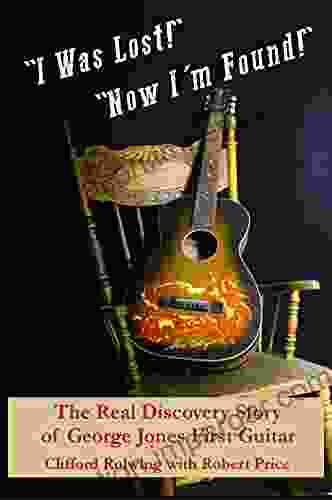
 Robert ReedFrom Darkness to Light: A Journey of Self-Discovery and Spiritual Awakening...
Robert ReedFrom Darkness to Light: A Journey of Self-Discovery and Spiritual Awakening... Everett BellFollow ·8.9k
Everett BellFollow ·8.9k Foster HayesFollow ·6.5k
Foster HayesFollow ·6.5k Herman MelvilleFollow ·4.6k
Herman MelvilleFollow ·4.6k Ralph TurnerFollow ·8k
Ralph TurnerFollow ·8k DeShawn PowellFollow ·15.5k
DeShawn PowellFollow ·15.5k Deacon BellFollow ·13.8k
Deacon BellFollow ·13.8k Benji PowellFollow ·11k
Benji PowellFollow ·11k Dalton FosterFollow ·4.2k
Dalton FosterFollow ·4.2k

 Phil Foster
Phil FosterBuild Your Own 12 Tray Fodder System: Half Pint Homestead...
Are you ready...
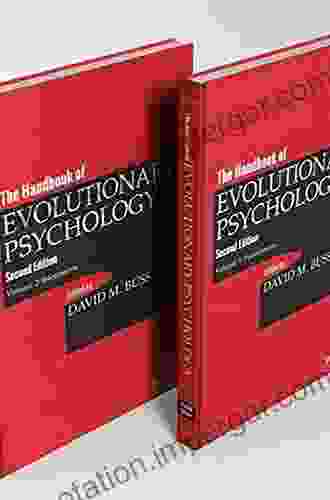
 Curtis Stewart
Curtis StewartUnleash the Power of Evolutionary Psychology: Embark on a...
Embark on an...

 Voltaire
VoltaireExcel Scientific and Engineering Cookbook: The Ultimate...
Working in science and engineering often...

 Alan Turner
Alan TurnerGroup Theory and Chemistry: Unveiling the Symmetry and...
In the realm of...
4.7 out of 5
| Language | : | English |
| File size | : | 2731 KB |
| Text-to-Speech | : | Enabled |
| Screen Reader | : | Supported |
| Enhanced typesetting | : | Enabled |
| Word Wise | : | Enabled |
| Print length | : | 301 pages |
| Lending | : | Enabled |


